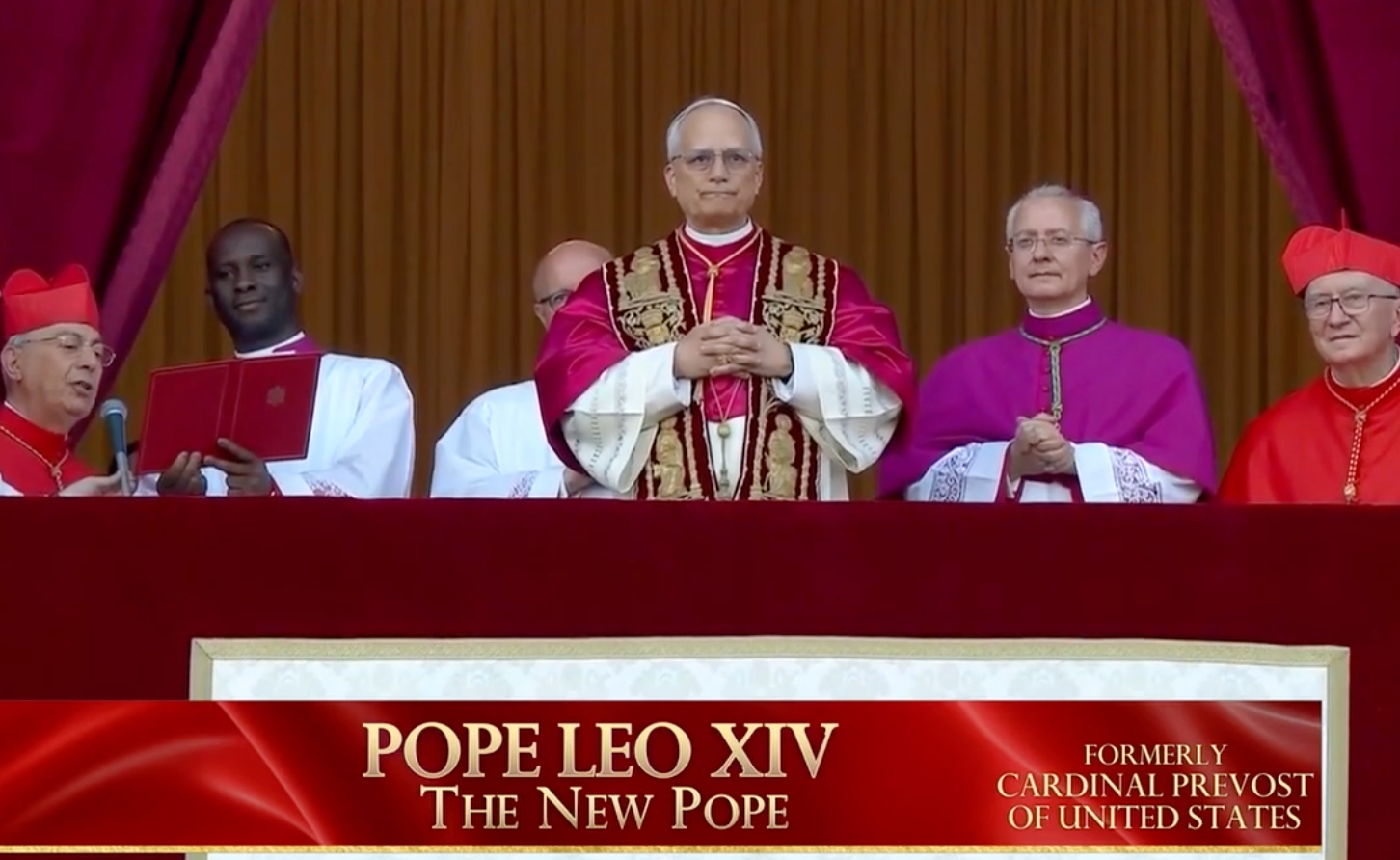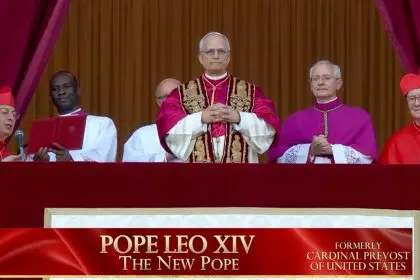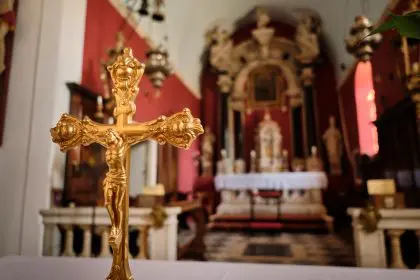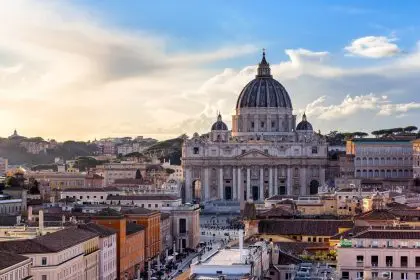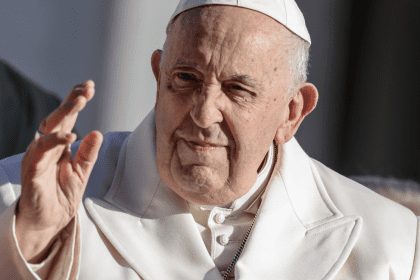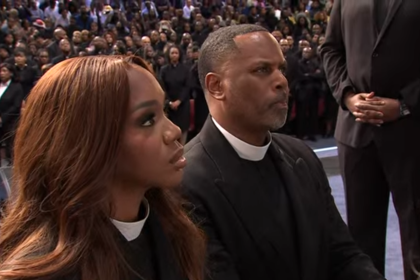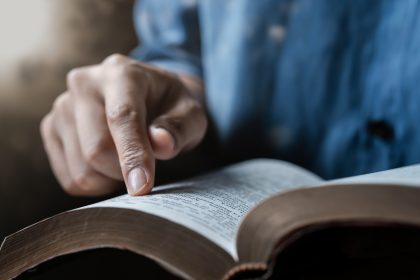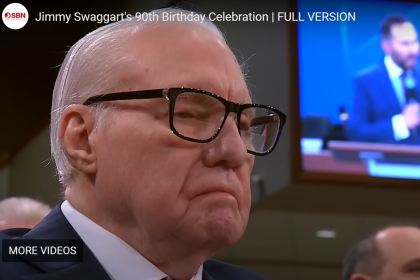White smoke billowed over St. Peter’s Square as thousands erupted in cheers. “Viva il Papa!” The ancient ritual announcing a new spiritual leader for the world’s 1.3 billion Catholics culminated in a historic first. Robert Francis Prevost, a 69-year-old born in Chicago who spent decades serving in Peru, would become Pope Leo XIV, the first American to ascend to the papacy in the church’s 2,000-year history. For American visitors wandering the cobblestone streets of Rome, the news triggered a complex mix of national pride, hope, and reflection on what this unexpected choice might mean for both their divided nation and a global church at a crossroads.
The significance behind the name Leo
When Cardinal Prevost chose to be known as Pope Leo XIV, church historians immediately recognized the significant signal this name selection sent about his priorities and vision for his papacy.
Leo is now tied for the fourth most common name chosen by popes, along with Clement. Only John, Gregory and Benedict have proven more popular throughout church history. However, the name Leo carries particular historical weight, especially since no pope has chosen it in more than a century.
The last Pope Leo was Leo XIII, born in French-occupied Rome in 1810. His papacy lasted from 1878 until his death in 1903, spanning 25 years and ranking as the fourth longest in church history. Leo XIII made his mark primarily through his focus on Catholic social teaching, particularly regarding economic justice and workers’ rights during the Industrial Revolution.
His most famous writing, an 1891 open letter to Catholics called “Rerum Novarum” meaning “Of Revolutionary Change,” addressed the devastating impact of industrialization on workers and established principles for fair labor practices that remain influential in Catholic teaching today.
Vatican spokesperson Matteo Bruni confirmed the historical connection, stating that Prevost’s choice of Leo “is a clear reference to the modern social doctrine of the Church, which began with Rerum Novarum.” Bruni added that the name selection deliberately references “men, women, their work, and workers in an age of artificial intelligence,” drawing a parallel between the technological disruptions of the 19th century and current challenges posed by emerging technologies.
The original Pope Leo, known as “Leo the Great,” who served in the fifth century, left an equally powerful legacy. He is remembered for persuading Attila the Hun to halt his invasion, thereby sparing Rome from destruction. This diplomatic feat suggests Prevost may see himself as a potential bridge-builder in an era of global conflict and division.
By selecting a name with such rich historical associations to both social justice and diplomatic peacemaking, Pope Leo XIV appears to be signaling continuity with his predecessor Francis while establishing distinct priorities focused on economic justice and technological ethics for his own papacy.
From Chicago altar boy to global spiritual leader
The path that led Robert Francis Prevost from serving as an altar boy in Chicago to the balcony of St. Peter’s Basilica represents an unusual journey even by Vatican standards. Born in 1955 to parents with Spanish and Franco-Italian descent, Prevost’s multicultural background and extensive international experience made him a candidate able to bridge multiple worlds.
Though born and raised in the United States, Prevost’s ties to Latin America run deep. After his ordination in 1982, he moved to Peru just three years later to serve as a missionary, though he maintained connections to Chicago, returning periodically to serve as a pastor and prior in his home city.
His decade spent as a parish pastor and seminary teacher in Trujillo, northwestern Peru, established his reputation as someone dedicated to marginalized communities. This combination of American birth and Latin American ministry experience creates an unusual profile, with the Vatican describing him as the second pope from the Americas rather than simply the first American pope.
Prevost’s fluency in Spanish and his acquisition of Peruvian nationality further underscores his multinational identity. Former associates describe him as someone who genuinely immersed himself in Peruvian culture rather than remaining an American abroad, developing authentic connections with local communities while maintaining his roots.
His rapid rise through church leadership began in 2014 when Pope Francis appointed him Bishop of Chiclayo in Peru. His administrative skills brought him to broader attention, culminating in his appointment as prefect of the Dicastery for Bishops in Latin America, a powerful position responsible for selecting and supervising bishops throughout the region. This role put him in regular contact with cardinals from around the world, building the relationships that would eventually lead to his selection as pope.
Francis elevated him to archbishop in January 2023 and made him a cardinal within months, an unusually quick progression that signaled high regard for his capabilities. His selection as pope just two years after becoming a cardinal represents one of the swifter ascensions to the papacy in modern times.
In his first words as Pope Leo XIV, he paid tribute to his predecessor, saying “We still hear in our ears the weak but always courageous voice of Pope Francis who blessed us.” He then called for unity, telling the cheering crowds, “United and hand in hand with God, let us advance together.” This emphasis on continuity while moving forward suggests his papacy may build upon Francis’ reforms while establishing its own distinct identity.
Where Pope Leo XIV might lead the church
Early analysis of Leo XIV’s background and previous statements provides clues about the direction his papacy might take on key issues facing the Catholic Church and broader society.
On migration, poverty and environmental concerns, the new pope appears to share many of his predecessor’s priorities. Having grown up in an immigrant family himself, Leo has personal connections to migration issues.
His extensive work with marginalized communities in Peru suggests continuity with Francis’ emphasis on the church’s responsibility toward those living in poverty.
Climate activism appears set to remain a priority under Leo XIV. Speaking about environmental issues last year, then-Cardinal Prevost emphasized the need to move “from words to action” on climate change and called for humanity to build a “relationship of reciprocity” with the natural world. He has advocated for practical measures at the Vatican, including installing solar panels and adopting electric vehicles.
On women’s roles in church leadership, his previous statements suggest openness to incremental change. He has publicly supported Pope Francis’ decision to allow women to join the Dicastery for Bishops for the first time, telling Vatican News in 2023, “On several occasions we have seen that their point of view is an enrichment.” In 2024, he added that women’s presence contributes significantly to the process of discernment in looking for who we hope are the best candidates to serve the Church in episcopal ministry.
His position on LGBTQ+ issues remains less clear, creating uncertainty about whether he will continue or potentially modify Francis’ cautious openness. While he has shown support for Francis’ declaration permitting blessings for same-sex couples, he has added that bishops must interpret such directives “in accordance with local contexts and cultures,” a qualification that some conservative and progressive Catholics are analyzing for hints about his personal views.
The Catholic Church’s ongoing reckoning with sexual abuse scandals will inevitably demand significant attention from the new pope. During his time in Peru, Prevost encountered these issues, though his diocese has strongly denied any involvement in cover-up attempts. How he addresses this painful chapter in church history will likely define critical aspects of his early papacy.
By choosing the name Leo, with its strong associations to social justice teaching, Pope Leo XIV appears to be signaling particular attention to economic justice and workers’ rights in an era of technological disruption. The Vatican’s explicit connection of his name choice to “workers in an age of artificial intelligence” suggests he may develop new ethical frameworks addressing how emerging technologies impact human dignity and labor.
A bridge builder in a fragmented time
Beyond specific policy positions, the most distinctive aspect of Pope Leo XIV may be his potential as a bridge figure across multiple divides, both within the church and in broader society. His unique background positions him to speak to different constituencies often at odds with each other.
As both an American and someone who has spent decades in Latin America, he straddles the divide between the church in wealthy nations and developing regions. This dual perspective may help him navigate tensions between Western progressive Catholic movements and more traditional approaches prevalent in the Global South.
His administrative experience selecting bishops suggests familiarity with the diversity of Catholic expression worldwide and the challenges of maintaining unity amid different cultural interpretations of church teaching. This background could prove valuable as he confronts polarization within Catholicism mirroring broader societal divisions.
The new pope’s Augustinian background might also influence his approach to leadership. The Augustinian tradition emphasizes community, the search for truth through dialogue, and finding middle paths that respect tradition while responding to contemporary needs. These priorities could shape how he approaches divisive issues.
For American Catholics specifically, having a pope who understands both US culture and international perspectives might help bridge the growing divide between progressive and traditional Catholic communities in the United States. His familiarity with American political polarization could inform how he addresses similar tensions within the global church.
Even his age, at 69, positions him between generations. While not as young as some reformers might have hoped, he’s younger than his predecessor was when elected and potentially brings energy for implementing change while still appreciating traditional values.
As Pope Leo XIV begins his papacy, both the church and the world face accelerating fragmentation along political, cultural, economic and technological lines. His unusual background as a Chicago-born missionary who became a Peruvian citizen before ascending to the papacy creates unique possibilities for leadership that transcends traditional boundaries. Whether he can transform these potential bridges into actual connections remains the central question as his papacy begins.

